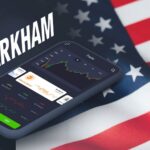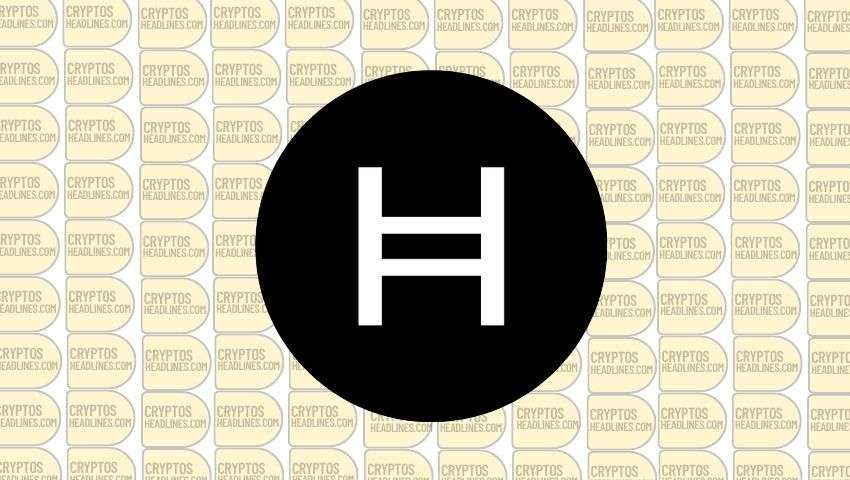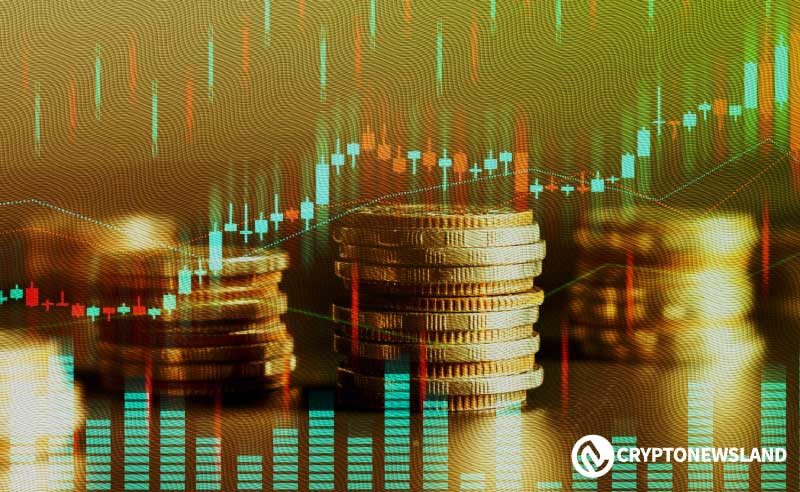Recently, a list of cryptocurrencies that follow ISO 20022 has been revealed, showing how digital assets are becoming part of the global financial system.
In the ever-changing world of financial communication, ISO 20022 stands out as a crucial standard that creates a common financial language and structure. Including cryptocurrencies in this standardized system is a big step towards making them globally accepted and compatible with traditional financial systems. This progress is reflected in the ISO 20022 crypto-list, which is a detailed inventory of digital assets that meet these strict standards.
In this discussion, we’ll explore the details of this financial transformation, explain the key ideas, emphasize the significance of ISO 20022, and provide a comprehensive list of cryptocurrencies that meet these standards.
Understanding ISO 20022 and Its Huge Influence
ISO (International Organization for Standardization) is a global body based in Switzerland that creates international standards for various industries. When an ISO standard is established, it becomes a worldwide norm, and financial institutions quickly adopt it. ISO 20022 is unique because it goes beyond traditional financial messaging, providing a universal language and data model for all financial transactions.
This is especially important in the world of cryptocurrencies, where the absence of standardized identifiers, like how banks use “USD” and “AUD,” creates confusion. The introduction of Digital Token Identifiers (DTIs) for cryptocurrencies marks a significant development, making transactions involving digital assets such as “Bitcoin” and “Bitcoin Cash” easily distinguishable and compatible with global banking standards.
In response to this significant change, many cryptocurrencies have shown their compatibility with the ISO 20022 standard. This alignment not only brings these digital assets into the global financial arena but also positions them for potential growth once the standard is universally adopted.
List of Cryptocurrencies Following ISO 20022 Standards
1. Ripple (XRP): Ripple is unique with its consensus algorithm that doesn’t require energy-intensive mining. It powers fast and efficient transactions through the Ripple Protocol Consensus Algorithm (RPCA). RippleNet competes with the traditional Swift network, offering a cost-effective option for cross-border transactions.
2. Stellar (XLM): Stemming from Ripple, Stellar’s Lumens (XLM) focuses on cross-border transactions, especially micropayments and digital asset creation. The Stellar Consensus Protocol (SCP) ensures quick transactions, promoting financial inclusion and global connectivity.
3. Hedera (HBAR): Hedera Hashgraph stands out with its Hashgraph consensus, providing a scalable, secure, and fair platform for decentralized applications. HBAR, its native token, plays a crucial role in transaction fees, network security, and consensus.
4. IOTA (MIOTA): IOTA is tailored for the Internet of Things (IoT), using the Tangle structure for scalable, feeless microtransactions and data transfers. MIOTA, its native currency, enables machine-to-machine communication, paving the way for a decentralized IoT landscape.
5. Cardano (ADA): Cardano is a research-focused blockchain platform, emphasizing scalability, sustainability, and interoperability. Its proof-of-stake consensus algorithm, Ouroboros, ensures network security. ADA, its native token, facilitates transactions, staking, and platform governance.
This list of cryptocurrencies following ISO 20022 standards shows how digital assets are adapting to global financial norms, ushering in an era of compatibility, acceptance, and growth.
Important: Please note that this article is only meant to provide information and should not be taken as legal, tax, investment, financial, or any other type of advice.
Join Cryptos Headlines Community
Follow Cryptos Headlines on Google News









